Bridgman Growth and Photoelectronic Property of Relaxor-Based Ferroelectric Single Crystal Pb(Sm1/2Nb1/2)O3-Pb(Mg1/3Nb2/3)O3-PbTiO3
Abstract
1. Introduction
2. Experimental Procedure
2.1. Polycrystalline Material Synthesis
2.2. Crystal Growth
2.3. Characterization
3. Results and Discussion
3.1. Crystallographic Characterization of Crystal Boules
3.2. Dielectric Behavior
3.3. Piezoelectric Coefficient and Ferroelectric Property
3.4. Domain Structure Observation
3.5. Luminescent Property
4. Conclusions
Author Contributions
Funding
Institutional Review Board Statement
Informed Consent Statement
Data Availability Statement
Conflicts of Interest
References
- Zhang, S.; Li, F.; Jiang, X.; Kim, J.; Luo, J.; Geng, X. Advantages and challenges of relaxor-PbTiO3 ferroelectric crystals for electroacoustic transducers—A review. Prog. Mater. Sci. 2015, 68, 1–66. [Google Scholar] [CrossRef]
- Jaffe, B.; Cook, W.; Jaffe, H. Piezoelectric Ceramics; Academic Press: London, UK, 1971. [Google Scholar]
- Haertling, G. Ferroelectric Ceramics: History and Technology. J. Am. Ceram. Soc. 1999, 82, 797–818. [Google Scholar] [CrossRef]
- Park, S.E.; Shrout, T.R. Ultrahigh strain and piezoelectric behavior in relaxor based ferroelectric single crystals. J. Appl. Phys. 1997, 82, 1804–1811. [Google Scholar] [CrossRef]
- Sun, E.; Cao, W. Relaxor-based ferroelectric single crystals: Growth, domain engineering, characterization and applications. Prog. Mater. Sci. 2014, 65, 124–210. [Google Scholar] [CrossRef] [PubMed]
- Service, R.F. Shape-changing crystals get shiftier. Science 1997, 275, 1878. [Google Scholar] [CrossRef]
- Chen, J.; Panda, R. Review: Commercialization of piezoelectric single crystals for medical imaging applications. Proc. IUS 2005, 1, 235–240. [Google Scholar]
- Zhou, D.; Chen, J.; Luo, L.; Zhao, X.; Luo, H. Optimized orientation of 0.71Pb(Mg1/3Nb2/3)O3- 0.29PbTiO3 single crystal for applications in medical ultrasonic arrays. Appl. Phys. Lett. 2008, 93, 073502. [Google Scholar] [CrossRef]
- Erturk, A.; Bilgen, O.; Inman, D. Power generation and shunt damping performance of a single crystal lead magnesium niobate-lead zirconate titanate unimorph: Analysis and experiment. Appl. Phys. Lett. 2008, 93, 224102. [Google Scholar] [CrossRef]
- Zhang, K.; Choy, S.; Zhao, L.; Luo, H.; Chan, H.; Wang, Y. Shear-mode PMN-PT piezoelectric single crystal resonator for microfluidic applications. Microelectro. Eng. 2011, 88, 1028–1032. [Google Scholar] [CrossRef]
- Zhang, S.; Jiang, W.; Meyer, R., Jr.; Li, F.; Luo, J.; Cao, W. Measurements of face shear properties in relaxor-PbTiO3 single crystals. J. Appl. Phys. 2011, 110, 064106. [Google Scholar] [CrossRef]
- Sun, H.; Peng, D.; Wang, X.; Tang, M.; Zhang, Q.; Yao, X. Strong red emission in Pr doped (Bi0.5Na0.5)TiO3 ferroelectric ceramics. J. Appl. Phys. 2011, 110, 016102. [Google Scholar] [CrossRef]
- Liu, Y.; He, C.; Yang, X.; Li, X.; Wang, Z.; Huang, Z.; Lai, F.; Long, X. Growth and characterization of Pb(Lu1/2Nb1/2)O3-Pb(Mg1/3Nb2/3)O3-PbTiO3 ternary piezo-/ferroelectric crystals. J. Alloys Compd. 2016, 675, 8–14. [Google Scholar] [CrossRef]
- He, C.; Li, X.; Wang, Z.; Long, X.; Mao, S.; Ye, Z. Preparation and Characterization of New Pb(Yb1/2Nb1/2)O3-Pb(Mg1/3Nb2/3)O3-PbTiO3 Ternary Piezo-/Ferroelectric Crystals. Chem. Mater. 2010, 22, 5588–5592. [Google Scholar] [CrossRef]
- Long, W.; Chu, X.; Xi, Z.; Fang, P.; Li, X.; Cao, W. Growth and property enhancement of Er3+-doped 0.68Pb(Mg1/3Nb2/3)O3-0.32PbTiO3 single crystal. J. Rare Earths 2018, 36, 832–837. [Google Scholar] [CrossRef]
- Yu, H.; Xi, Z.; Fang, P.; Long, W.; Li, X.; Zhang, J.; He, A. Optical properties induced and ferroelectric properties enhanced of the PMN-32PT:Ho relaxor ferroelectric crystals. Optik 2018, 164, 178–185. [Google Scholar] [CrossRef]
- Li, F.; Lin, D.; Chen, Z.; Cheng, Z.; Wang, J.; Li, C.; Xu, Z.; Huang, Q.; Liao, X.; Chen, L.Q.; et al. Ultrahigh piezoelectricity in ferroelectric ceramics by design. Nat. Mater. 2018, 17, 349–354. [Google Scholar] [CrossRef]
- Li, F.; Cabral, M.J.; Xu, B.; Cheng, Z.; Dickey, E.C.; LeBeau, J.M.; Wang, J.; Luo, J.; Taylor, S.; Hackenberger, W.; et al. Giant piezoelectricity of Sm-doped Pb(Mg1/3Nb2/3)O3-PbTiO3 single crystals. Science 2019, 364, 264–268. [Google Scholar] [PubMed]
- Chen, H.; Liang, Z.; Luo, L.; Ke, Y.; Shen, Q.; Xia, Z.; Jiang, C.; Pan, J. Bridgman growth, crystallographic characterization and electrical properties of relaxor-based ferroelectric single crystal PIMNT. J. Alloys Compd. 2012, 518, 63–67. [Google Scholar] [CrossRef]
- Jiang, L.; Wang, Z.; Chen, Y.; Chen, P.; Luo, L.; Chen, H. Bright up-conversion emission of Er3+-doped lead-free ferroelectric Na0.5Bi0.5TiO3 single crystal. Mater. Lett. 2018, 210, 158–160. [Google Scholar] [CrossRef]
- Zheng, T.; Luo, L.; Du, P.; Deng, A.; Li, W. Ferroelectric, upconversion emission and optical thermometric properties of color-controllable Er3+-doped Pb(Mg1/3Nb2/3)O3-PbTiO3-Pb(Yb1/2Nb1/2)O3 ferroelectrics. J. Eur Ceram. Soc. 2018, 38, 575–583. [Google Scholar] [CrossRef]
- Yao, Y.; Luo, L.; Zuo, Q.; Li, W.; Zhou, J. The ferroelectric, dielectric and up-conversion photoluminescence properties of ferroelectrics (0.99-x)PbTiO3-xPb(Yb1/2Nb1/2)O3-0.01Pb(Er1/2Nb1/2)O3. J. Alloys Compd. 2016, 673, 102–106. [Google Scholar] [CrossRef]
- Akca, E.; Duran, C. Fabrication and characterization of (Pb(Mg1/3Nb2/3)O3, Pb(Yb1/2Nb1/2)O3, PbTiO3) ternary system ceramics. Ceram. Int. 2011, 37, 2135–2142. [Google Scholar] [CrossRef]
- Zhu, R.; Fang, B.; Zhao, X.; Zhang, S.; Chen, Z.; Ding, J.; Luo, H. Enhancing piezoelectric properties of high-Curie temperature PMN-PH-PT piezoelectric ceramics by citrate method. J. Alloys Compd. 2018, 735, 496–509. [Google Scholar] [CrossRef]
- Tian, J.; Han, P.; Payne, D.A. Measurements along the growth direction of PMN-PT crystals: Dielectric, piezoelectric, and elastic properties. IEEE Trans. Ultrason. Ferroelectr. Freq. Control 2007, 54, 1895–1902. [Google Scholar] [CrossRef]
- Qiu, C.; Wang, B.; Zhang, N.; Zhang, S.; Liu, J.; Walker, D.; Wang, Y.; Tian, H.; Shrout, T.R.; Xu, Z.; et al. Transparent ferroelectric crystals with ultrahigh piezoelectricity. Nature 2020, 577, 350–354. [Google Scholar] [CrossRef]
- Wan, X.; Luo, H.; Wang, J.; Chan, H.; Choy, C.L. Investigation on optical transmission spectra of (1-x)Pb(Mg1/3Nb2/3)O3-xPbTiO3 single crystals. Solid State Commun. 2004, 129, 401–405. [Google Scholar] [CrossRef]
- Wemple, S. Polarization fluctuations and the optical-absorption edge in BaTiO3. Phys. Rev. B 1970, 2, 2679–2689. [Google Scholar] [CrossRef]
- NagarajaNaick, B.; Reddy, P.V.; Damodaraiah, S.; Reddy, A.V.; Ratnakaram, Y.C. Absorption and luminescence studies of Sm3+ ions activated in distinct phosphate glasses for reddish orange light applications. Opt. Mater. 2019, 88, 7–14. [Google Scholar] [CrossRef]
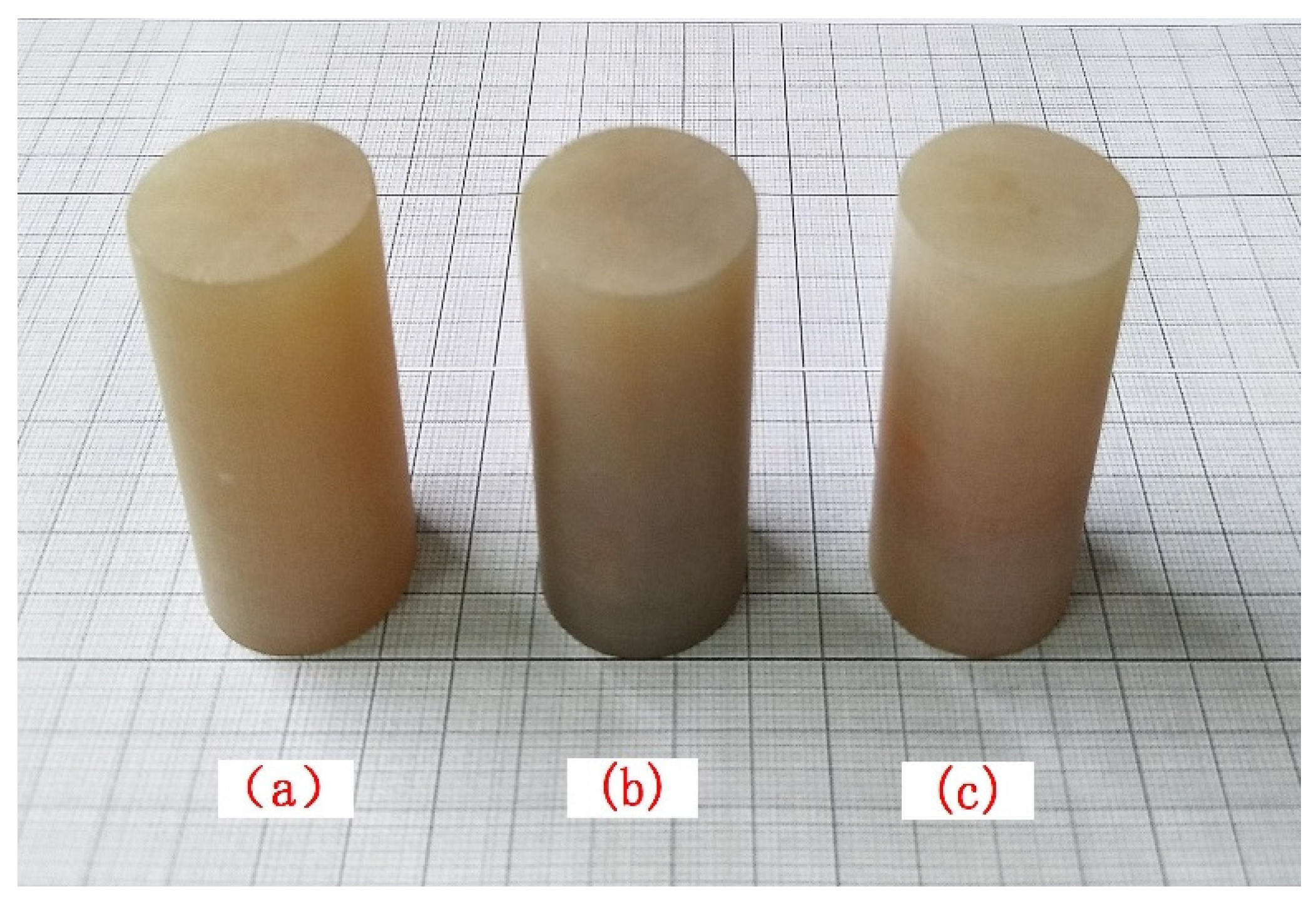
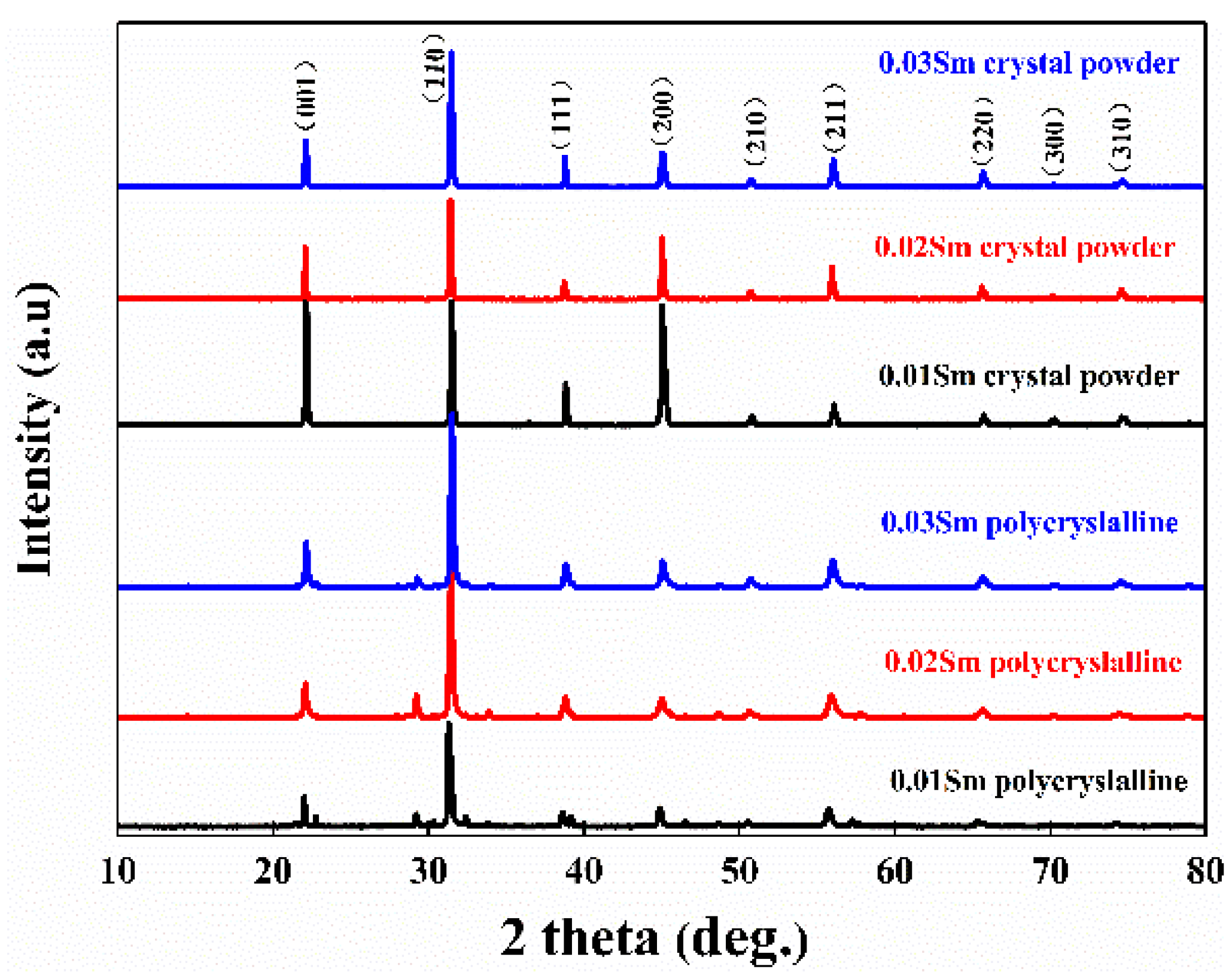

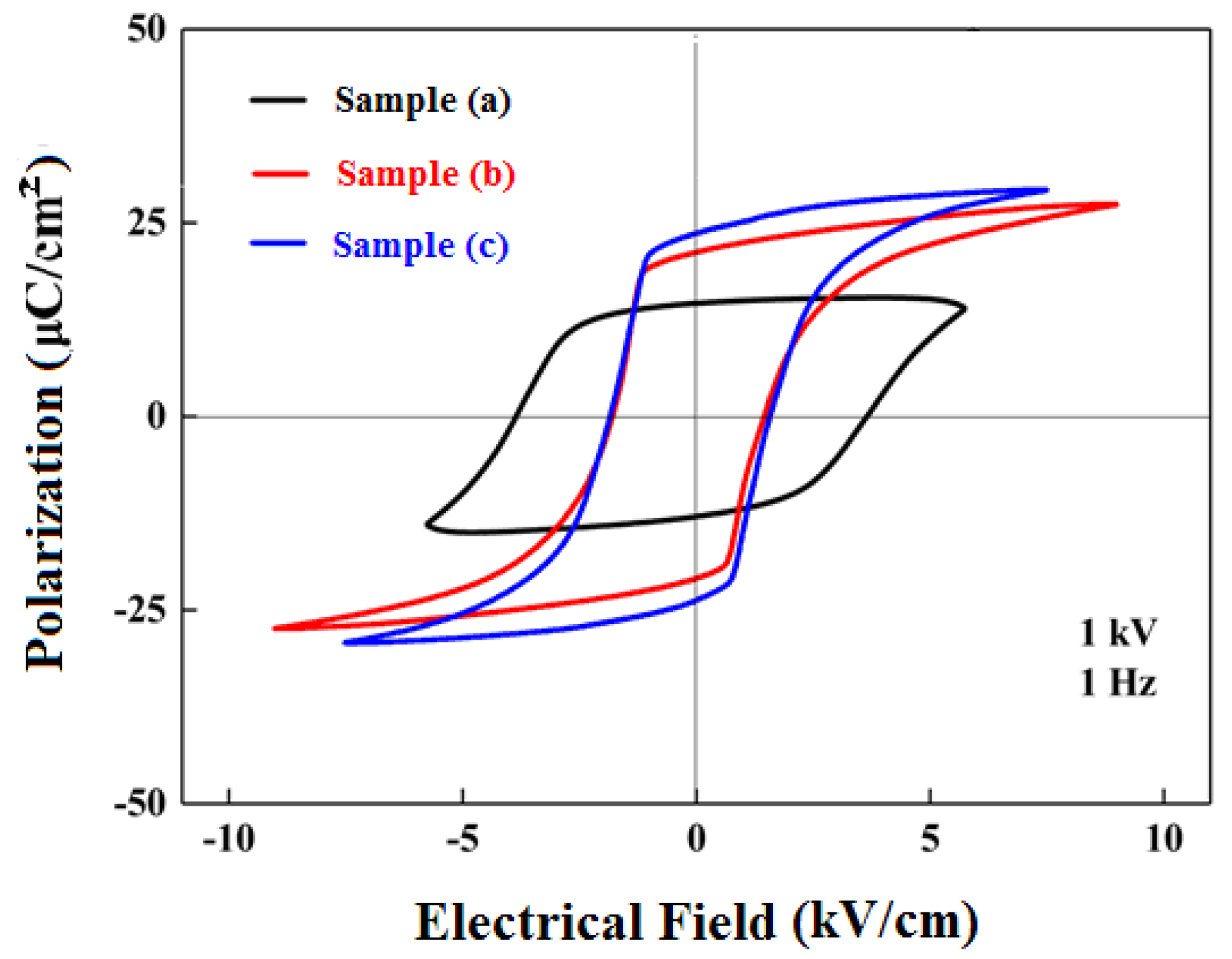

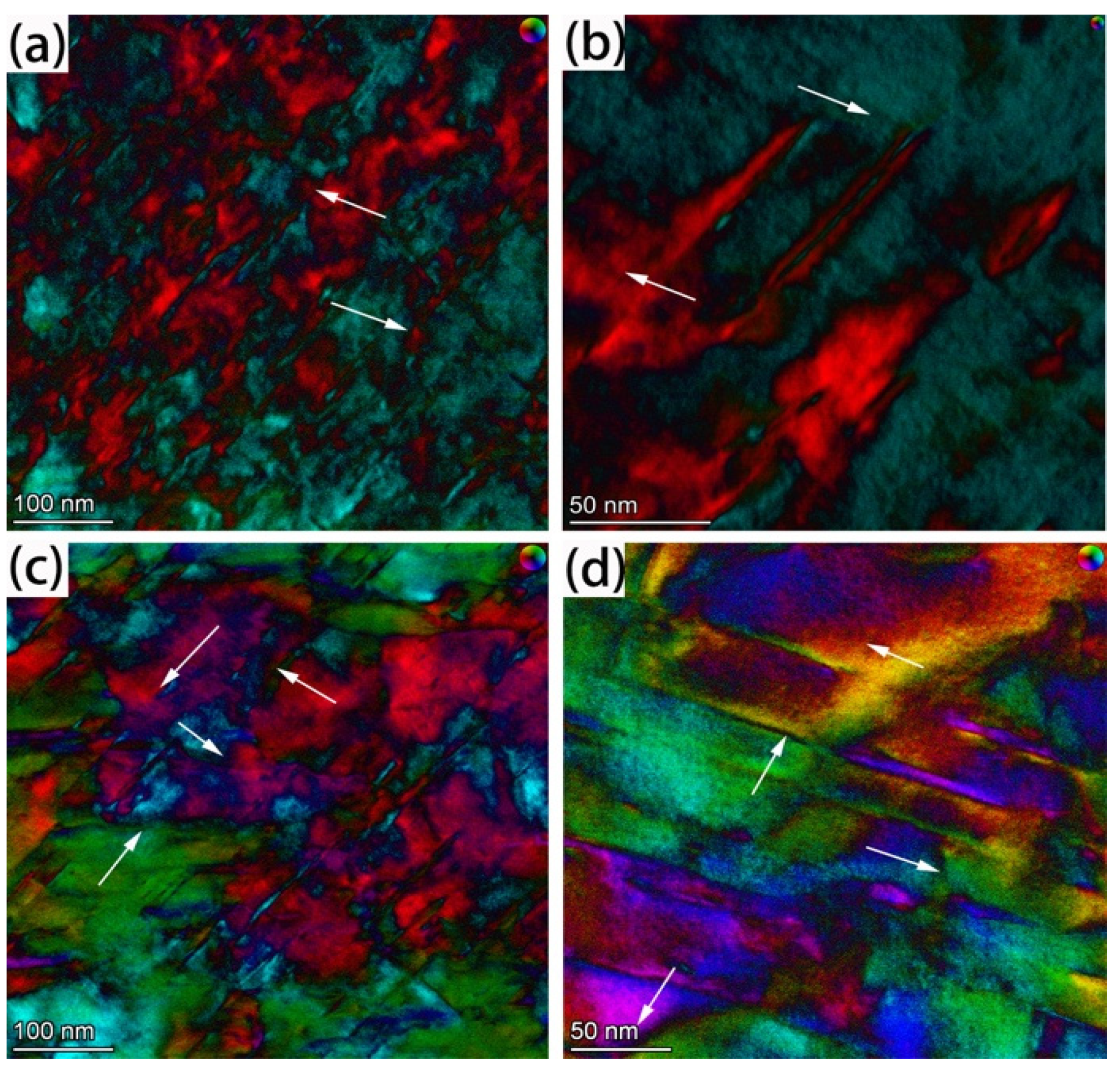
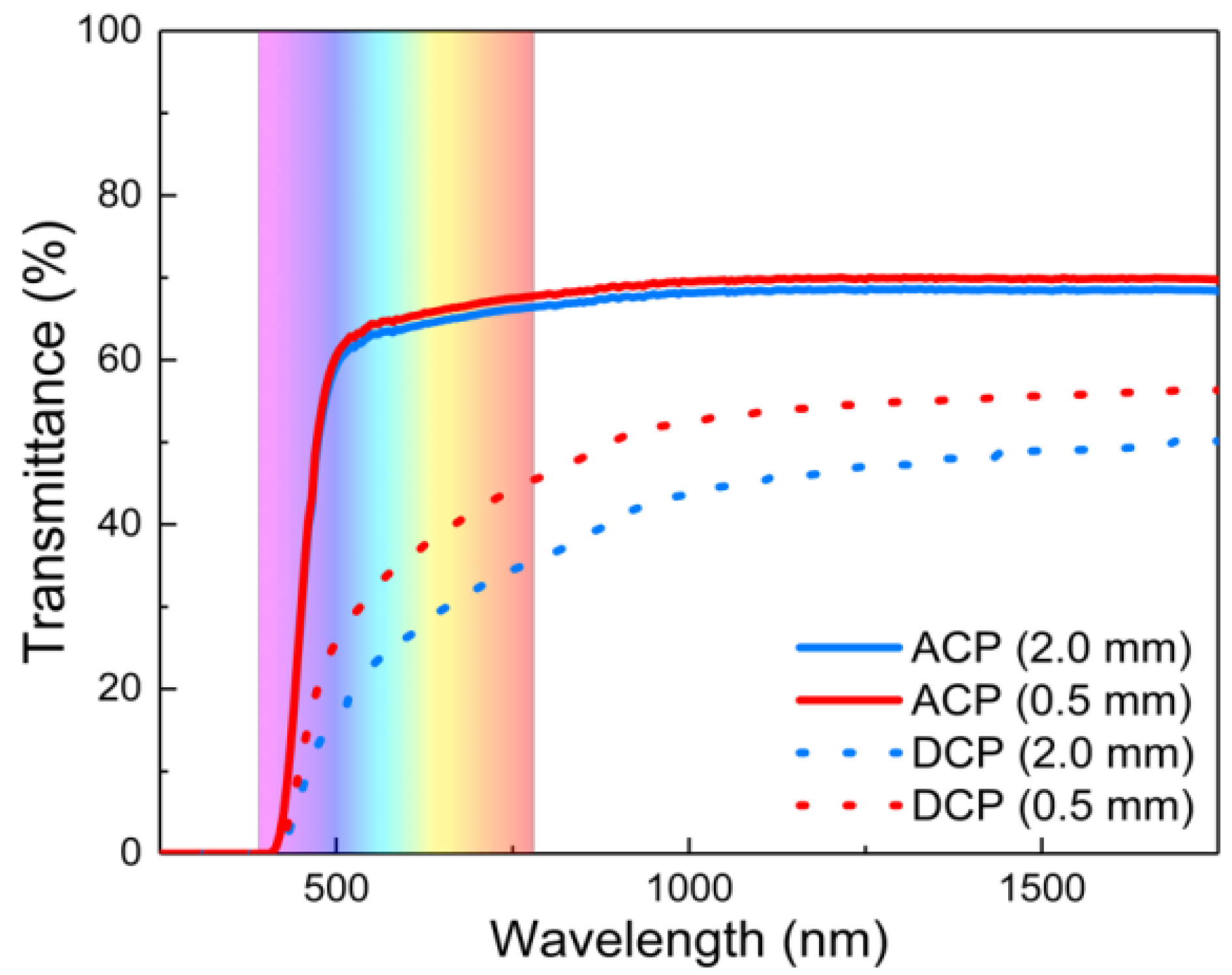
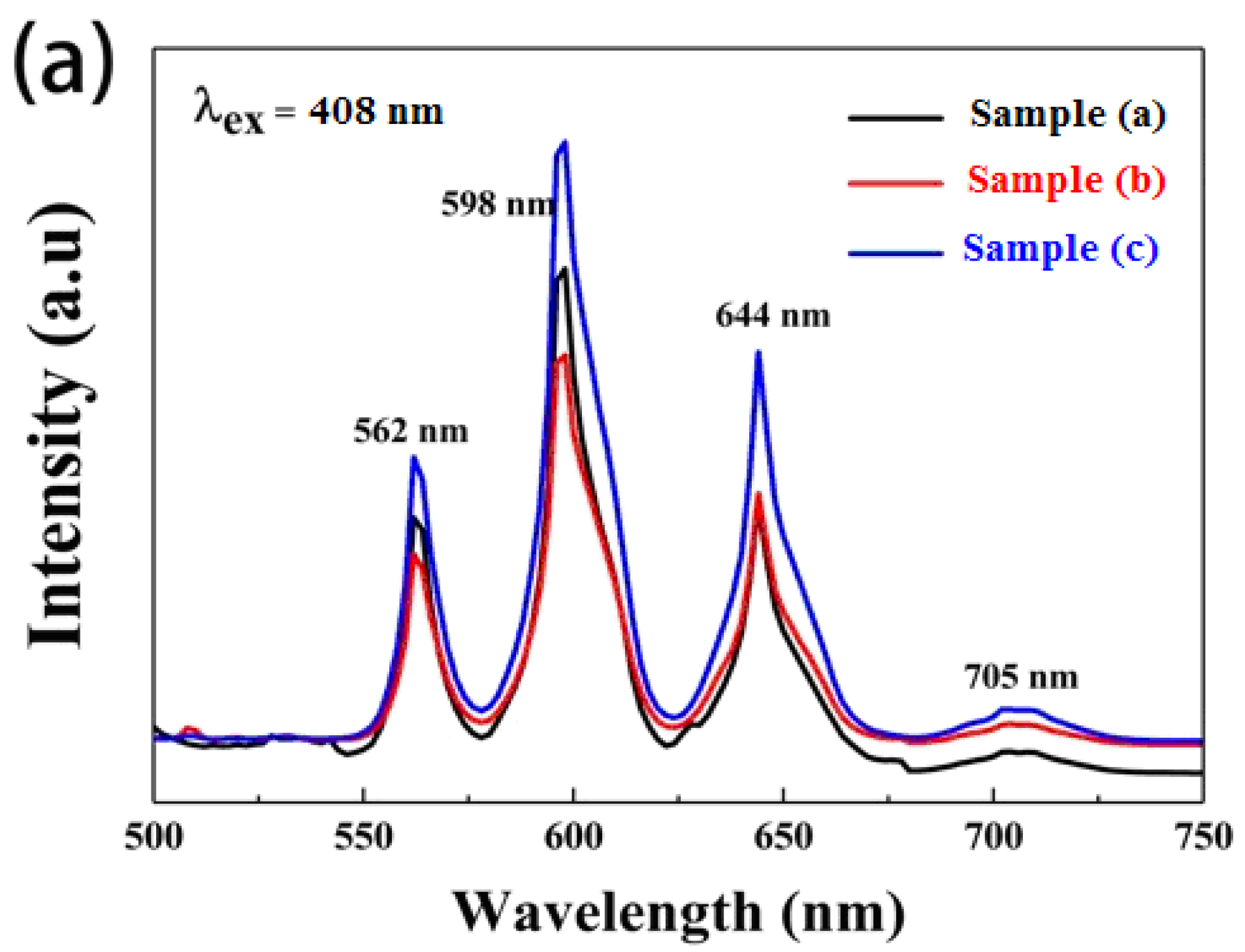

| Sample No. | Nominal Composition | d33 under DC Voltage (pC/N) | d33 under AC Voltage (pC/N) |
|---|---|---|---|
| (a) | 0.01PSmN-0.69PMN-0.30PT | 1730~2020 | 2560~3100 |
| (b) | 0.02PSmN-0.68PMN-0.30PT | 1960~2380 | 3100~3600 |
| (c) | 0.03PSmN-0.67PMN-0.30PT | 1780~2100 | 2480~3300 |
Publisher’s Note: MDPI stays neutral with regard to jurisdictional claims in published maps and institutional affiliations. |
© 2021 by the authors. Licensee MDPI, Basel, Switzerland. This article is an open access article distributed under the terms and conditions of the Creative Commons Attribution (CC BY) license (https://creativecommons.org/licenses/by/4.0/).
Share and Cite
Liao, F.; Zhao, Y.; Chen, Z.; Zheng, Y.; Chen, H. Bridgman Growth and Photoelectronic Property of Relaxor-Based Ferroelectric Single Crystal Pb(Sm1/2Nb1/2)O3-Pb(Mg1/3Nb2/3)O3-PbTiO3. Crystals 2021, 11, 402. https://doi.org/10.3390/cryst11040402
Liao F, Zhao Y, Chen Z, Zheng Y, Chen H. Bridgman Growth and Photoelectronic Property of Relaxor-Based Ferroelectric Single Crystal Pb(Sm1/2Nb1/2)O3-Pb(Mg1/3Nb2/3)O3-PbTiO3. Crystals. 2021; 11(4):402. https://doi.org/10.3390/cryst11040402
Chicago/Turabian StyleLiao, Fan, Yan Zhao, Ziyun Chen, Yanqing Zheng, and Hongbing Chen. 2021. "Bridgman Growth and Photoelectronic Property of Relaxor-Based Ferroelectric Single Crystal Pb(Sm1/2Nb1/2)O3-Pb(Mg1/3Nb2/3)O3-PbTiO3" Crystals 11, no. 4: 402. https://doi.org/10.3390/cryst11040402
APA StyleLiao, F., Zhao, Y., Chen, Z., Zheng, Y., & Chen, H. (2021). Bridgman Growth and Photoelectronic Property of Relaxor-Based Ferroelectric Single Crystal Pb(Sm1/2Nb1/2)O3-Pb(Mg1/3Nb2/3)O3-PbTiO3. Crystals, 11(4), 402. https://doi.org/10.3390/cryst11040402





